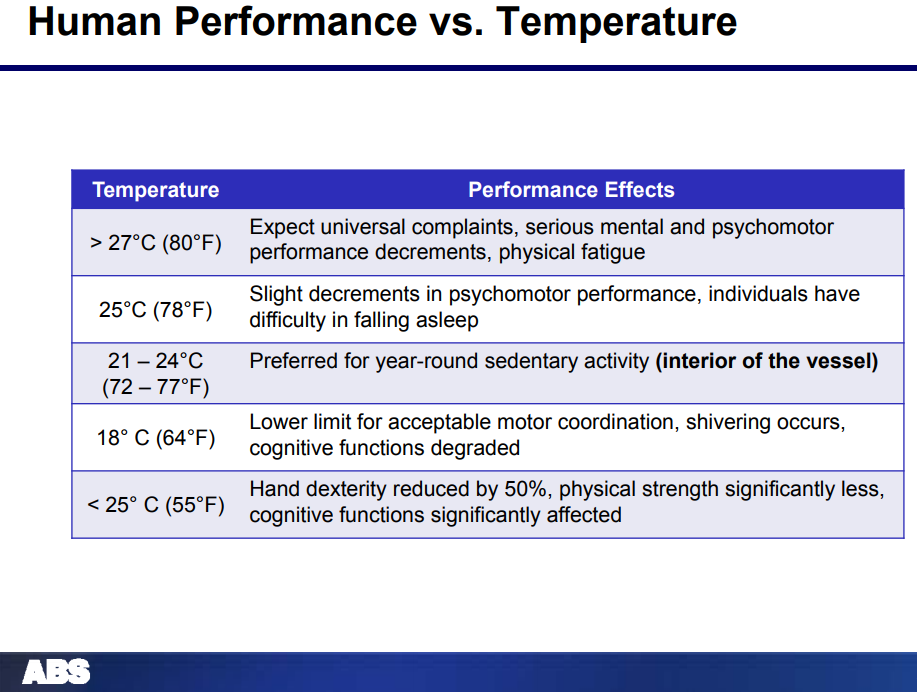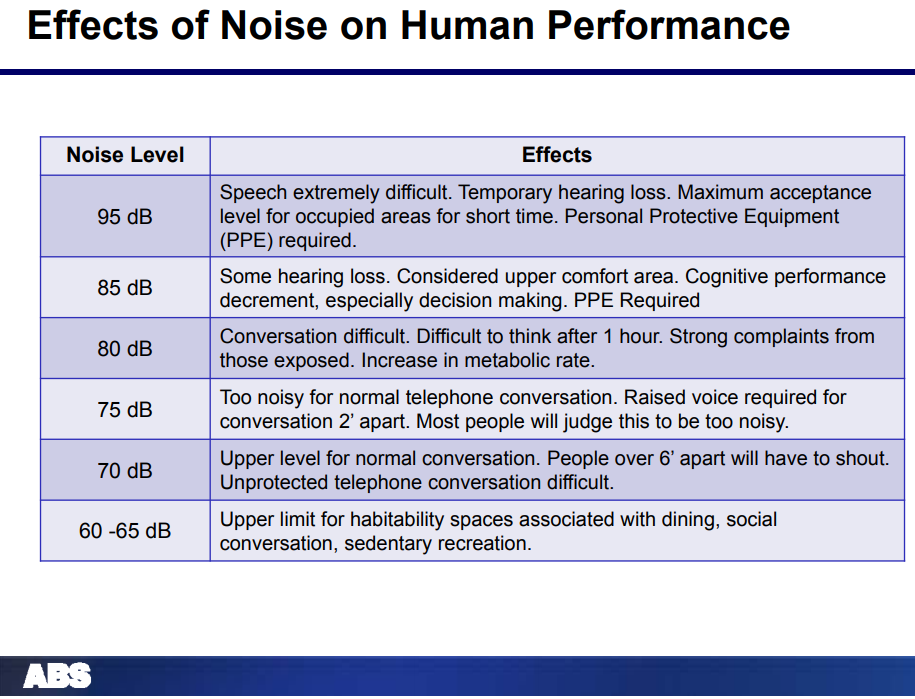Human Factors
Physical ergonomics
Physical ergonomics: the science of designing user interaction with equipment and workplaces to fit the user. Physical ergonomics is concerned with human anatomy, and some of the anthropometric, physiological and bio mechanical characteristics as they relate to physical activity.[5] Physical ergonomic principles have been widely used in the design of both consumer and industrial products. Physical ergonomics is important in the medical field, particularly to those diagnosed with physiological ailments or disorders such as arthritis (both chronic and temporary) or carpal tunnel syndrome. Pressure that is insignificant or imperceptible to those unaffected by these disorders may be very painful, or render a device unusable, for those who are. Many ergonomically designed products are also used or recommended to treat or prevent such disorders, and to treat pressure-related chronic pain.[citation needed]
One of the most prevalent types of work-related injuries is musculoskeletal disorder. Work-related musculoskeletal disorders (WRMDs) result in persistent pain, loss of functional capacity and work disability, but their initial diagnosis is difficult because they are mainly based on complaints of pain and other symptoms.[11] Every year, 1.8 million U.S. workers experience WRMDs and nearly 600,000 of the injuries are serious enough to cause workers to miss work.[12] Certain jobs or work conditions cause a higher rate of worker complaints of undue strain, localized fatigue, discomfort, or pain that does not go away after overnight rest. These types of jobs are often those involving activities such as repetitive and forceful exertions; frequent, heavy, or overhead lifts; awkward work positions; or use of vibrating equipment.[13] The Occupational Safety and Health Administration (OSHA) has found substantial evidence that ergonomics programs can cut workers' compensation costs, increase productivity and decrease employee turnover.[14] Therefore, it is important to gather data to identify jobs or work conditions that are most problematic, using sources such as injury and illness logs, medical records, and job analyses.[13]
Cognitive ergonomics
Main article: Cognitive ergonomics Cognitive ergonomics is concerned with mental processes, such as perception, memory, reasoning, and motor response, as they affect interactions among humans and other elements of a system.[5] (Relevant topics include mental workload, decision-making, skilled performance, human reliability, work stress and training as these may relate to human-system and Human-Computer Interaction design.)
Organizational ergonomics
Organizational ergonomics is concerned with the optimization of socio-technical systems, including their organizational structures, policies, and processes.[5] (Relevant topics include communication, crew resource management, work design, work systems, design of working times, teamwork, participatory design, community ergonomics, cooperative work, new work programs, virtual organizations, telework, and quality management.)
https://en.wikipedia.org/wiki/Human_factors_integration
https://en.wikipedia.org/wiki/Human_factors_and_ergonomics
https://en.wikipedia.org/wiki/Human_factors_in_diving_safety

